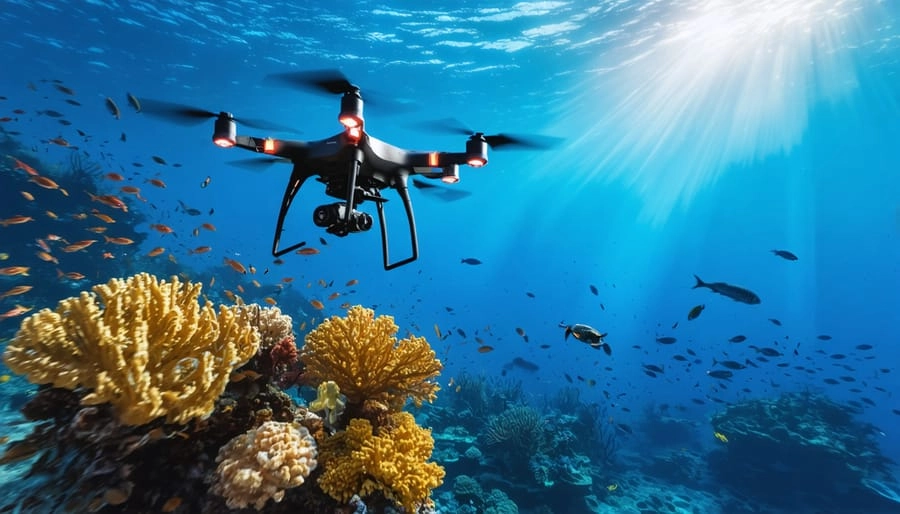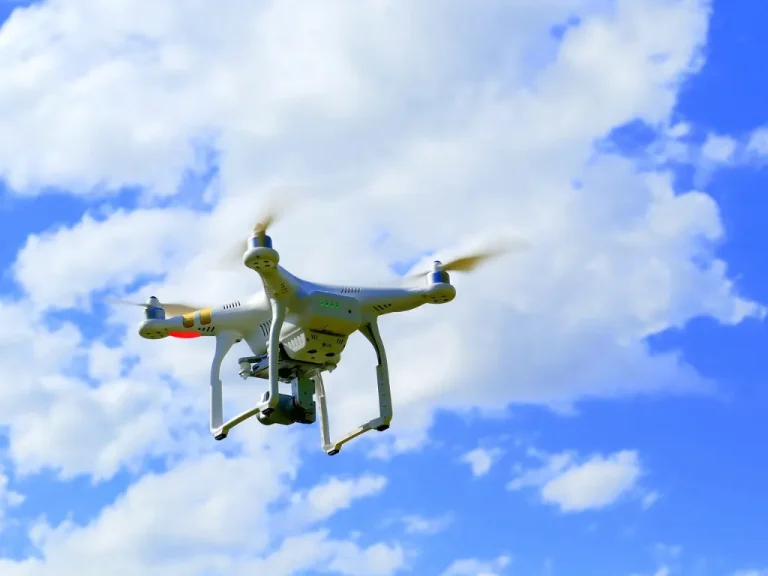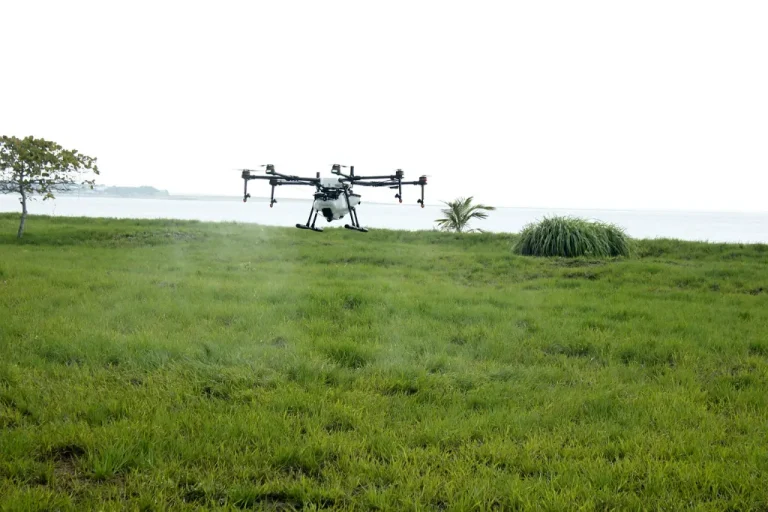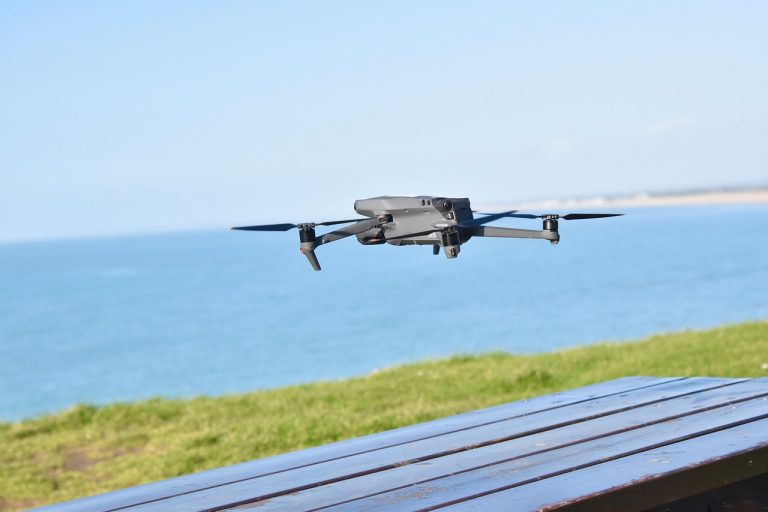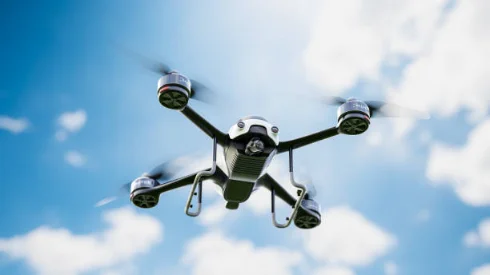The Expanding Role of Drone Application in Marine Science
Drones Are Straight-Up Changing Ocean Vibes
Yo, drone application in marine science is flipping the script on how we peep the seas. Old-school ship trips, buoys, or fuzzy satellite pics? So last century. Drones—aka UAVs—are agile, cheap, and ready to flex. These fly bois hit remote or sketchy spots, snagging high-res data without breaking the bank. Drones equipped with thermal imaging, LIDAR, multispectral sensors—they’re scoping sea temps, spotting algal blooms, mapping underwater terrain, and catching wave vibes in real time. It’s a total glow-up for ocean research.
Why Drones Are the Real MVPs
Drone application brings mad efficiency. Launch them quick, set them to auto-pilot, and watch them cover huge ocean chunks. No human risks in gnarly zones. Plus, they’re green—sipping less fuel than big boats. They reduce human risk and keep the eco-footprint chill, perfect for long-term spying on nature. Even small crews or citizen scientists can jump in now, thanks to drones’ cheap and portable vibes.
Mixing Drones with Ocean Gear
Drones don’t just solo—they team up with other tech. Drone application fills gaps in cloudy satellite shots or low-res data. They ping live info to buoys or coastal hubs via wireless. This integrated approach lets researchers tweak missions on the fly, making data sharper and faster. It’s like giving ocean science a turbo boost.
Drones Boosting Ocean Conservation
Real-Time Ecosystem Checks
Drones are like ocean detectives, catching changes as they pop off. Real-time surveillance spots illegal fishing or nasty pollution spikes quick. In protected zones, this speed is clutch for shutting down eco-crimes and keeping habitats tight. Drone application makes conservation hella responsive.
Tracking Sea Critters Like a Pro
Drone application is a game-changer for tracking whales, dolphins, turtles, and sharks. Their bird’s-eye view keeps it non-invasive—no spooking the wildlife. HD cams and AI face-scanning ID species and check their health. From whale migration paths to turtle nesting spots, drones are dropping data that saves habitats.
Saving Coral and Coasts
Coral reefs are fragile AF, but drones got their back. Multispectral sensors catch bleaching early by spotting color shifts. Drones also whip up 3D coastline models to track erosion from storms or rising seas. Drone application gives researchers the tea on climate impacts, helping plan for a tougher future.
Tech Needs for Ocean Drones
Batteries That Go Hard
Battery life is make-or-break for drone application. You need lightweight, high-energy packs to fly long over oceans. High energy density product series: 270wh/kg, 320wh/kg, 330wh/kg, 340wh/kg keep drones soaring without constant pit stops. But don’t mess with charging—frequent interruptions can wreck battery life. Keep it cool and steady for max cycles.
Built Tough for Sea Life
Ocean vibes are harsh—salt spray, wild winds, wet air. Drones need corrosion-proof builds and waterproof gear to stay fly. Weather resistance and real-time telemetry keep them safe when storms hit. Drone application demands rugged designs that don’t flop in the deep end.
Packing Sensors Without Crashing
Drone application needs drones that can carry thermal cams, LIDAR, or water samplers without wobbling. Payload capacity and modular sensor fits let you customize for jobs like mapping seagrass or sampling waves. Stability and battery efficiency gotta stay on point, no matter the load.
Shengya Electronics: Powering Ocean Drone Vibes
Juiced-Up Batteries for Long Hauls
Shengya Electronics drops lithium-ion soft packs built for drone application. Their SY-12S-44.4V-22Ah model hits 257wh/kg with a 1000times (0.5C/0.5C;100% DOD) cycle life, perfect for marathon sea missions. Our drone batteries can significantly improve endurance, keeping your UAVs buzzing over open water.
Custom Fits for Fancy Drones
Need a battery for a coral-mapping rig or a whale-tracker? Taixing Shengya Electronic Technology Co., Ltd Customization Service hooks you up with tailored plugs and outputs. Drone application gets a boost with batteries made for your exact setup, no compromises.
Safe and Tough for Rough Seas
Safety’s non-negotiable over water. Shengya Electronics batteries are high safety—some can take a puncture without sparking. With 800cycle (0.5C/0.5C 100%DOD) life under full discharge, they’re built to last in salty, stormy conditions. Drone application stays reliable, no matter the chaos.
What’s Next for Ocean Drones
Scaling Up for Global Wins
Drone application is set to explode. Think fleets patrolling economic zones for illegal fishing or tracking polar ice melt. Nations might soon vibe on shared drone protocols, feeding live data into climate models. It’s big-picture conservation with a high-tech twist.
Battery Tech Going Wild
Future drones will rock solid-state batteries or solar boosts for crazy-long flights. When charging the drone, make sure the battery is cool—thermal management’s key in wild ocean temps. Emerging trends in battery innovation will push drone application to cover more sea, no sweat.
Tech and Science Team-Ups
Battery makers like Shengya Electronics linking with marine researchers? That’s the juice. Collaborative opportunities mean rugged gear for Arctic runs or smart systems for tropical reefs. It’s about building tools that fit the mission, no fluff.
FAQs
- What drones are best for ocean science?
Multirotors for close-up jobs like reef scans; fixed-wings for long hauls like whale chases. - Do drone batteries handle saltwater?
Yup, Shengya Electronicspacks protective casings to fight corrosion during drone application. - Can drones replace ocean gear?
Not fully, but they boost coverage, teaming up with ROVs or buoys for max data vibes. - Why’s battery life so clutch?
Long flights mean less downtime—high energy density product serieslike 270-340wh/kg keep drone application rolling over huge oceans.
Wanna level up your ocean game? Hit up Taixing Shengya Electronic Technology Co., Ltd. for batteries that power drone application like a boss—custom, tough, and ready for the seas!


